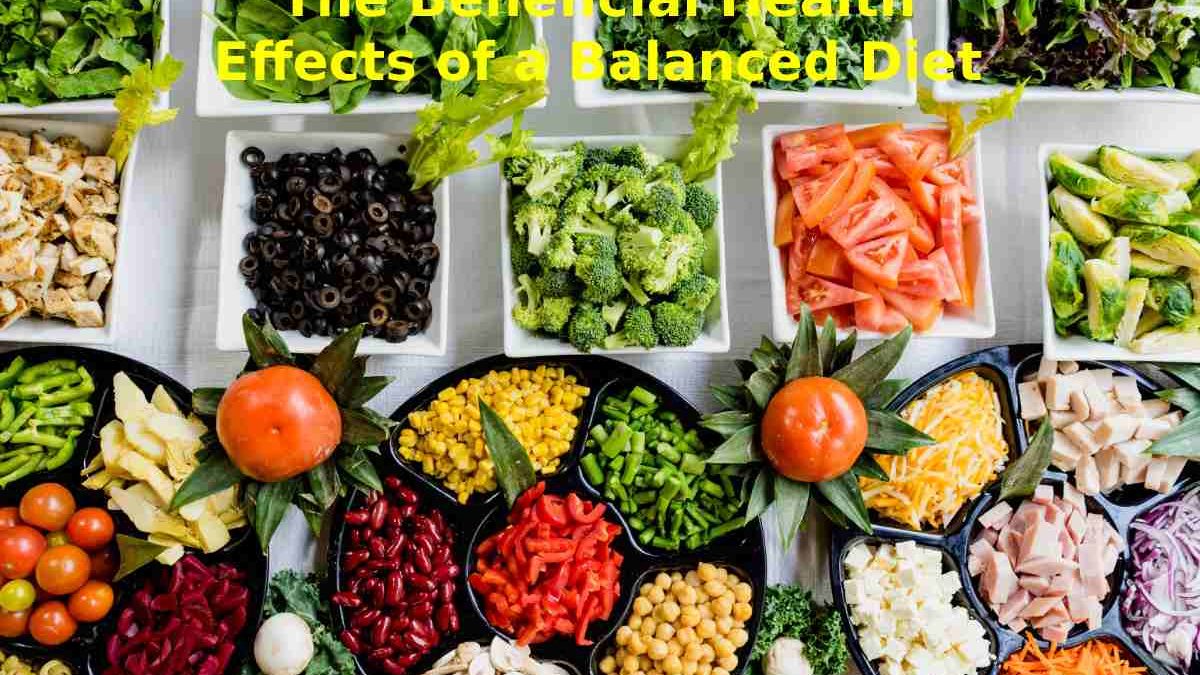A balanced diet is essential in the fight against overweight and obesity, as well as other increasingly frequent pathologies in today’s society. It’s not about following a strict and restrictive diet; it’s about providing the body with all the necessary nutrients to perform its vital functions.
Table of Contents
What is Diet
Do you identify the etymology of the word diet it is very revealing because it comes from the Greek diatia, which means “path of life”. And that’s exactly how we eat, a habit and therefore a way of life.
Although the word diet is often misuse to refer to restrictive diets aimed at weight loss or associated with disease, a diet is the composition of food and the amount and frequency with which it is eaten. In addition, they are consumed that are received.
Differences Between Food, Nutrition and Dietetics
The terms diet, nutrition, and diet are sometimes used interchangeably, but be aware that they are not the same:
- Food refers to the whole process of putting food into our bodies. This process is vital for living beings to gain energy. It includes both the preparation or catering of food and its consumption. It varies according to the individual and social situation.
- Nutrition refers to how the body converts the foods we eat and incorporates the nutrients they contain into the body.
- Dietetics is a discipline related to food and nutrition that studies the most appropriate foods and diets to maintain health, taking into account individual circumstances such as age, gender or the presence of diseases.
What are Nutrients?
As we have seen, nutrients are a portion of the food we eat during the diet process.
A balanced diet that affords the body the necessary nutrients and regular physical activity is the key to good health. On the contrary, a poor diet can have very adverse effects, reducing the immune system’s capacity and depriving the physical and mental energy to carry out basic activities normally.
Humans require six main groups of nutrients, which can divided into two categories based on the amount need.
- Macronutrients: we need them in better quantity, and their primary function is to provide energy.
- Carbohydrates: are use to provide our body with the energy necessary for its operation.
They can be of two types
- They break down quickly and therefore quickly provide energy, for example, honey, sugar or white rice.
- Complex: They break down more slowly, releasing energy more slowly, for example, pasta or wholemeal bread.
While excessive intake can lead to infections such as obesity or diabetes, deficiency can lead to fatigue or weakening muscle tissue (the body is force to get energy from protein).
What are Proteins

They are prepare up of amino acids and, in addition to providing energy, they have a structural function since they are involved in the formation of muscle tissue, enzymes, hormones, antibodies, etc. If these are missing, health problems such as loss of muscle mass can occur.
There are nine vital amino acids (valine, leucine, isoleucine, threonine, lysine, methionine, histidine, phenylalanine, and tryptophan) that the body cannot synthesize and which are essential for the formation of proteins and must therefore be taken from the diet. Protein is create in meat, fish, eggs, dairy products, legumes and shellfish.
Lipids (Or Fats)
They play an essential role in our body; it mainly do not provide energy; they transport fat-soluble vitamins and are a physical part of cell membranes. We distinguish two types:
Saturated Fats
They do not contain double bonds (unsaturation), hence their name. They are usually solid at room temperature and come from animal oils or sure coconut or palm oil plants. It can not measure as healthy fats, and their intake should be limited.
Unsaturated Fats
Physically, they have at least one double bond. They are liquid at area temperature and are create in oils such as olive or sunflower oil. These, in turn, are divide into monounsaturated and polyunsaturated fatty acids according to the number of double bonds they contain. These types of links modify the properties of lipids, so these fats are consider healthier. In addition, this group includes omega-3 fatty acids, which are necessary for the proper development of the brain and have anti-inflammatory and protective properties against cardiovascular events.
The Importance of Fibers
Dietary fibre deserves a separate mention because, although it does not fall into the category of nutrients because it cannot be digest, it contributes to essential functions such as the gastrointestinal tract, the absorption of water, the elimination of cholesterol or the reduction of glucose, in the blood and fatty acid levels. In addition, it represents the food of the microbiota or intestinal flora, a group of microorganisms present in our intestines.
The consequences of a lack of fibre can lead to colonic diverticular disease, haemorrhoids, Hiatal hernias or varicose veins. By consuming foods rich in fibre, you will help prevent all these pathologies and, in addition, you will reduce your cholesterol levels and your risk of heart disease.
There are Two Types of Fibers
- Soluble
- Insoluble
Insoluble fibre plays a more critical role in regulating intestinal transit; soluble fibre is more associated with lowering cholesterol, blood sugar, etc. Therefore, both should be part of a balanced diet.
What does a Balanced Diet Include?
A balanced diet is a diet in which foods from all the groups we have seen are consume and cover the recommended intake levels for each nutrient to ensure the proper functioning of the body.
With the food pyramid, we can graphically represent the food balance. But, of course, this may vary by culture. In Spain, for example, the food pyramid is based on the Mediterranean diet, which has had a very positive impact on the population’s health.
Conclusion
A balanced diet is one of the most important habits for good health, physically and mentally. For this reason, it is essential to adopt both nutrition and physical exercise habits since they contribute to improving the quality of life.

